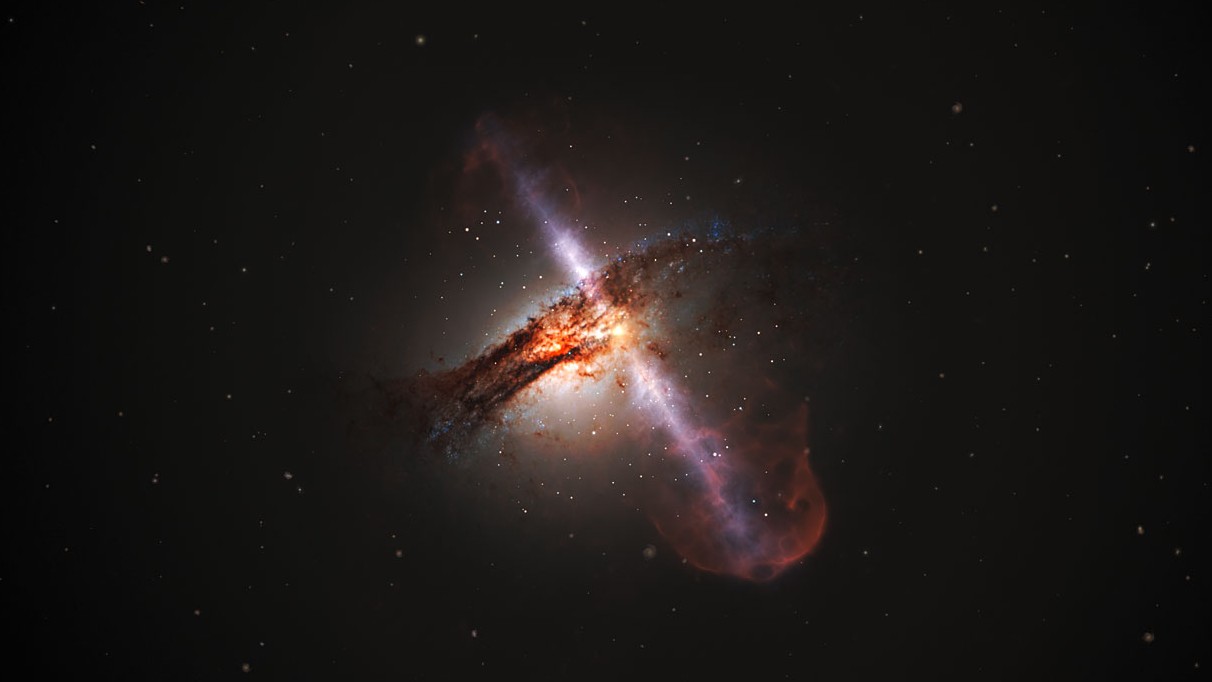"Stellar Time Travel": How the Speed of Light Takes Us on a Journey to the Past
The night sky has always fascinated humanity. It's a vast canvas adorned with celestial wonders, including stars, galaxies, and nebulae, that have beckoned us to explore the cosmos. Yet, as we gaze at these distant objects through our telescopes, we embark on a journey through time as well as space.
The Speed of Light: A Cosmic Speed Limit
To understand this phenomenon, we must first grasp the fundamental concept that the universe has a speed limit: the speed of light. In a vacuum, light travels at approximately 299,792,458 meters per second (about 186,282 miles per second). This speed is incredibly fast, allowing light to travel around the Earth's equator about 7.5 times in just one second.
Distant Stars and Their Light
Now, let's consider the stars that grace our night sky. These luminous orbs are not just points of light; they are distant suns, some of which are many light-years away from us. A light-year is a unit of distance, not time, and it represents the distance that light travels in one year.
Herein lies the fascinating aspect of stargazing. When we look at a star through a telescope, we're not seeing the star as it exists in the present. Instead, we are seeing the star as it appeared in the past, when the light we observe today began its journey toward Earth.
Stellar Time Travel in Action
Let's illustrate this concept with an example. Imagine you're looking at Proxima Centauri, the closest known star to our solar system. It's located approximately 4.24 light-years away. When you peer at Proxima Centauri through your telescope, you're seeing the light that left the star over four years ago. You're witnessing an image of the star's past, not its current state.
If we venture even further into the cosmos, the time travel effect becomes more pronounced. Consider a star that's 1,000 light-years away. When you observe this star through a telescope, you are essentially peering 1,000 years into the past, glimpsing the star as it appeared a millennium ago.
This phenomenon extends to all celestial objects we observe, whether they're stars, galaxies, nebulae, or even planets within our own solar system.
The Cosmic Connection Between Time and Space
The realization that our observations of celestial objects are a form of time travel underscores the profound connection between time and space in the cosmos. It reminds us that as we explore the universe, we're also exploring its history. We're gazing at objects not as they are in the present moment but as they were when the light we see today set forth on its long journey through the universe.
This cosmic time capsule adds a layer of complexity and wonder to our study of the cosmos. It's a testament to the vastness of the universe and the intricate dance of light and time that has been unfolding since the dawn of creation.
So, the next time you peer through your telescope and marvel at a distant star or galaxy, remember that you're not just gazing into space; you're embarking on a journey through time, unlocking the secrets of the universe's past, one beam of starlight at a time.

Comments
Post a Comment